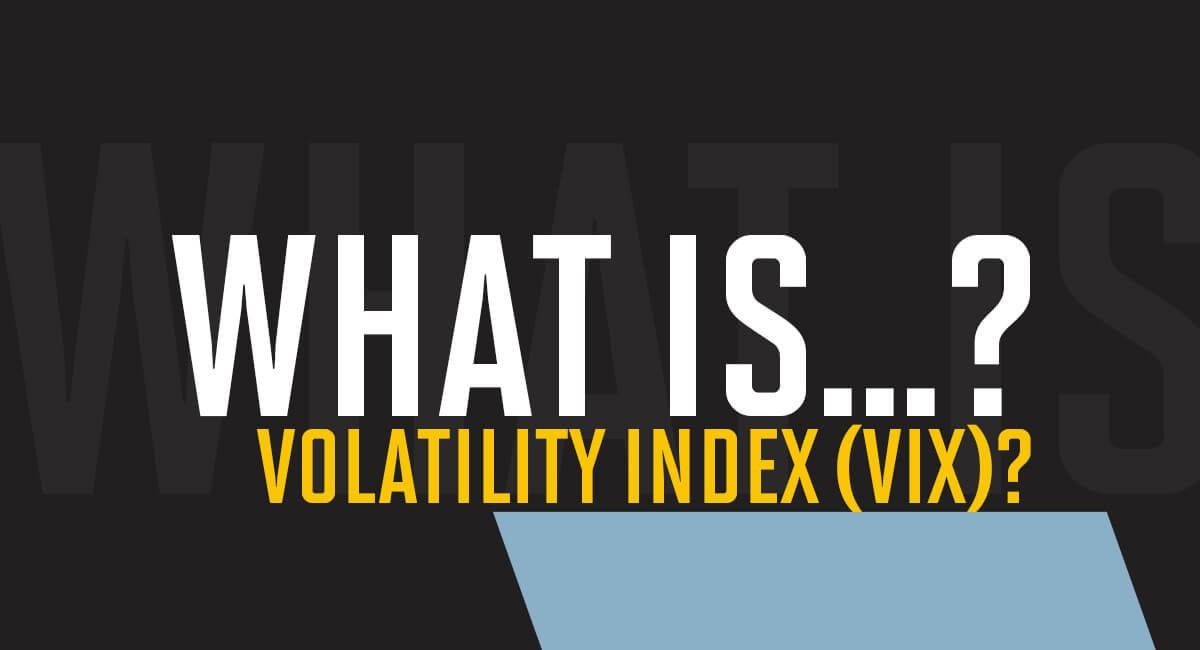Free Courses Sale ends Soon, Get It Now


Free Courses Sale ends Soon, Get It Now



Disclaimer: Copyright infringement not intended.
Context:
Background: What is volatility?
What is the Volatility Index?
Genesis and Evolution
What is India VIX?
|
NIFTY 50 The NIFTY 50 is a benchmark Indian stock market index that represents the weighted average of 50 of the largest Indian companies listed on the National Stock Exchange. Nifty 50 is owned and managed by NSE Indices, which is a wholly owned subsidiary of the NSE Strategic Investment Corporation Limited. |
Why has India VIX surged?
|
PRACTICE QUESTION Q. Consider the following statements about India VIX: 1.India VIX is calculated by the National Stock Exchange (NSE) based on NIFTY Options. 2.India VIX reflects investors' expectations of market volatility over the next 90 days. 3.India VIX tends to rise during periods of high market volatility and uncertainty, such as during elections. 4.The calculation of India VIX includes the best bid-ask quotes of near and next-month NIFTY options contracts. Which of the above statements are correct? a) 1 and 2 only b) 1, 3, and 4 only c) 2, 3, and 4 only d) 1, 2, 3, and 4 Answer: b) 1, 3, and 4 only Explanation: Correct: India VIX is indeed calculated by the National Stock Exchange (NSE) based on NIFTY Options. Incorrect: India VIX reflects investors' expectations of market volatility over the next 30 days, not 90 days. Correct: India VIX tends to rise during periods of high market volatility and uncertainty, such as during elections. Correct: The calculation of India VIX includes the best bid-ask quotes of near and next-month NIFTY options contracts. |
SOURCE: THE INDIAN EXPRESS
© 2024 iasgyan. All right reserved